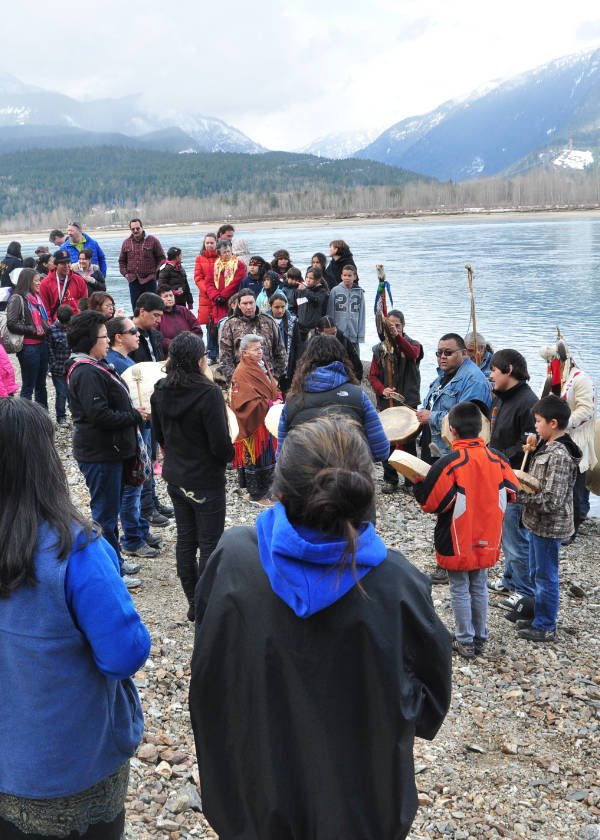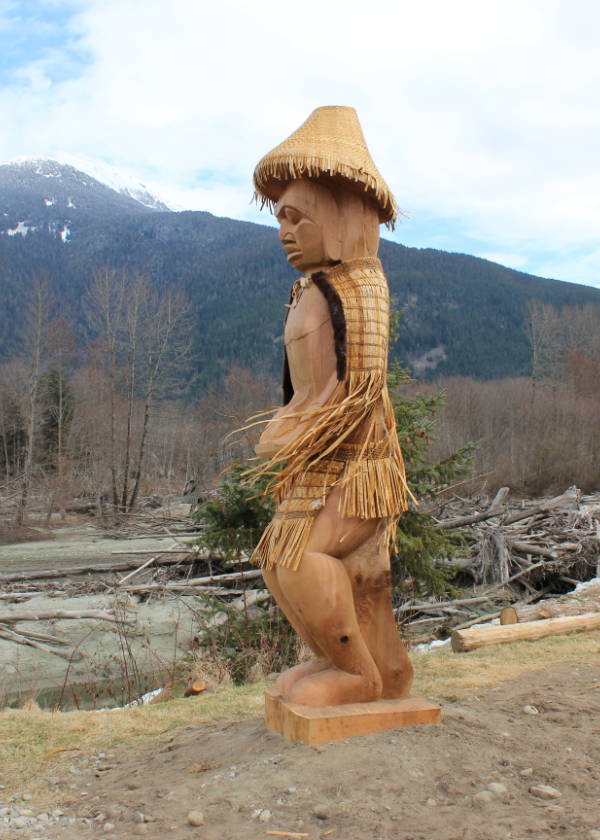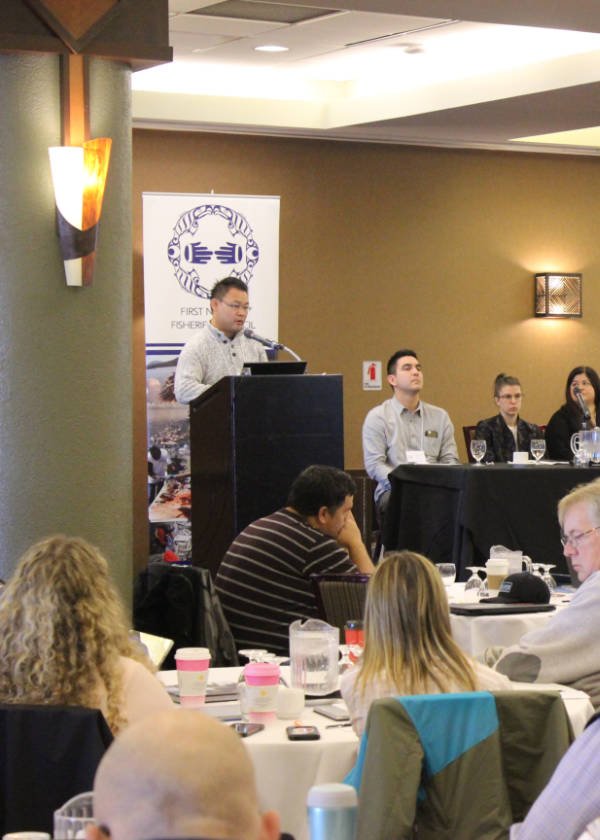Diversity among
First Nations
There are over 200 distinct First Nations communities across BC with tremendous diversity in cultures, languages, governance structures, knowledge systems, interests, and priorities . As did their ancestors, First Nations continue to manage their territories and harvesting practices according to their Indigenous laws, inherent rights, and responsibility to protect their way of life for future generations.

Inherent and
aboriginal rights
By virtue of an inherent and inextricable connection to their lands and waters that long predates non-Indigenous settlement in North America, First Nations have a strong relationship to aquatic resources.
Aboriginal Rights are entrenched in Canadian law in Section 35(1) of the Constitution Act, 1982, and are further upheld in a number of landmark Supreme Court cases such as R. v. Sparrow (1990), R. v. Gladstone (1996) and R. v. Marshall (1999). This includes a right to priority access to fisheries and aquatic resources ahead of all other uses of the resource, with conservation as the only exception. This constitutional status is meant to protect First Nations inherent and legal rights from unjustified infringement.
FNFC supports First Nations work to further integrate their roles, authorities and priorities into all levels of decision-making relating to fisheries.

Stronger together
First Nations have expressed the need to avoid speaking in a fragmented voice and instead develop coherent and cohesive messaging. This imperative drives FNFC’s work to build collaborative structures and processes.
When First Nations bring their voices together, the whole is greater than the sum of its parts. The relationships between communities and the strength of unity is the most powerful way to make meaningful change—now and into the future.

